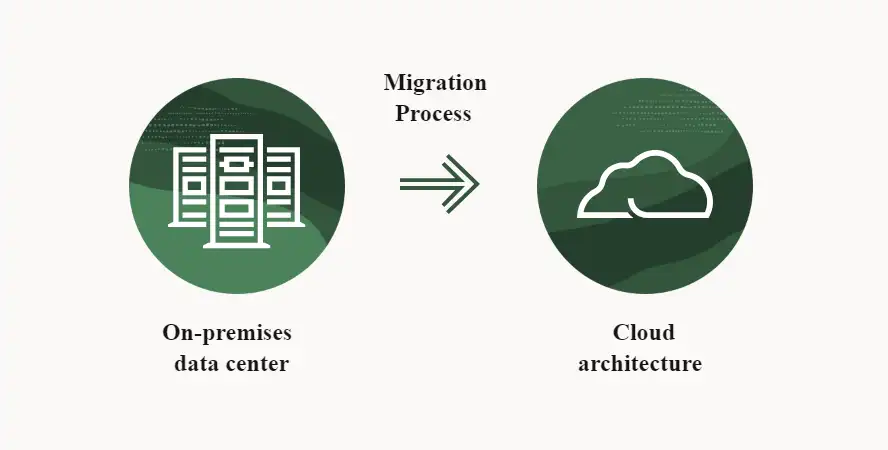The decision to migrate to a cloud environment can often come from the need to reduce costs and improve efficiency, but without a solid cloud migration strategy, companies face significant risks of increased downtime and spiraling costs. I
In fact, research shows that one in three cloud migrations fail, and only 25% of businesses meet their migration deadlines. This underscores the importance of a well-planned cloud strategy that aligns with business goals and technical capabilities to avoid common pitfalls.
As Jason Harlam, Business Development Manager at Technology Advisory Group, points out, “Proper migration planning can be the difference between leveraging the potential of cloud computing and facing costly setbacks.”
This blog will explore the essential components of a robust cloud migration strategy that minimizes risks and maximizes efficiency, ensuring your business survives and thrives in a cloud-based future.
Elevating to the Cloud Shouldn’t Mean TurbulenceTAG ensures a seamless transition to the cloud. |
Essential Steps of a Cloud Migration Strategy
1. Understanding Your Needs
Before drafting your cloud migration strategy, it’s critical to assess your organization’s specific needs. This involves understanding the scope of your digital assets, the compatibility of existing applications with cloud-native solutions, and identifying which aspects of your operation are most suited for a public cloud or hybrid cloud environment.
It’s essential to set clear objectives for what you aim to achieve with migration, such as cost savings, improved scalability, or enhanced operational efficiency.
Key Considerations:
- Inventory of Digital Assets: Catalog all applications and data that will move to the cloud.
- Assessment of Cloud Compatibility: Determine which applications are cloud-ready and which may need re-architecting.
- Objective Setting: Define what each stakeholder hopes to gain from the cloud migration.

Source: Oracle
2. Designing Your Migration Strategy
The next step is to outline your actual migration strategy, focusing on minimizing disruption and ensuring continuity. This is where you decide on the migration approach—whether it will be a “lift and shift”, re-platforming, or a complete redesign towards cloud-native applications.
Each approach has its merits and is suitable for different types of legacy applications and business requirements.
Migration Approaches:
| Migration Approach | Complexity | Cost | Time to Implement | Best Suited For |
| Lift and Shift | Low | Low | Short | Applications that require minimal changes for cloud compatibility. |
| Re-Platforming | Medium | Medium | Moderate | Applications that can benefit from some cloud optimizations without full redevelopment. |
| Re-Architecting | High | High | Long | Applications needing significant modification to leverage cloud-native features fully. |
| Hybrid Approach | Varies | Varies | Varies | Businesses needing a mix of on-premises and cloud solutions to meet specific operational or compliance requirements. |
3. Migration Planning and Execution
With a solid migration strategy in place, the focus shifts to meticulous migration planning. This phase includes detailed scheduling, resource allocation, and risk management. Ensuring robust data security measures and compliance is crucial during this phase to protect your data as it transitions to the cloud infrastructure.
Steps for Successful Execution:
- Detailed Timelines: Create a phased timeline that aligns with business cycles and minimizes impact.
- Resource Allocation: Ensure adequate resources are in place for a smooth transition.
- Risk Mitigation: Implement strategies to minimize potential downtime and data loss.
4. Continuous Optimization and Management
After successfully migrating your application and data to the cloud, the journey doesn’t end. Continuous management and optimization of your cloud environment are necessary to derive maximum value.
This involves regular performance assessments, cost-management practices, and the integration of new cloud technologies and best practices to enhance efficiency and performance further.
Optimization Strategies:
- Performance Monitoring: Regularly track the performance to ensure your cloud setup meets KPIs.
- Cost Management: Review and optimize spending on cloud services to ensure cost-effectiveness.
- Tech Updates: Stay updated with the latest in cloud computing to improve and innovate continuously.
| More resources you might like: |
Common Cloud Migration Risks
When moving operations to the cloud, identifying and mitigating potential risks is crucial for a successful transition.
Data Security and Privacy: The potential for data breaches increases as data moves across different networks and platforms. Ensuring data is protected during and after the migration is paramount.
Service Downtime: Operational disruptions can occur during the migration process, affecting customer service and business operations.
Cost Overruns: Without proper planning, cloud migration can result in unexpected costs related to data transfer fees, premium services, and additional training for IT staff.
Vendor Lock-in: Dependency on a single cloud provider can limit flexibility and control over your services and infrastructure, potentially leading to challenges if you decide to switch providers later.
Compliance Issues: Moving data to the cloud can complicate compliance with industry regulations and standards, especially when data is stored in multiple locations or international jurisdictions.
Create a Winning Cloud Migration Strategy With TAG’s Expertise
Navigating the complexities of moving to a cloud environment can feel overwhelming, particularly with the pressure to maintain operational continuity and cost efficiency.
Dealing with cloud migration alone without a strategic partner can be particularly challenging. Given the vast landscape of over 40,000 managed service providers (MSPs) in the USA, as reported by CloudSecureTech, selecting the right strategic partner is crucial.
| Discover Trusted Cloud Services Near You |
Technology Advisory Group specializes in providing expert guidance throughout this journey, offering insights that transform your cloud migration into a strategic advantage.
Contact us for a free consultation, where we can discuss how to tailor your cloud migration strategy for success.
Schedule Your Cloud Services Consultation
Ready to make a move to the cloud? TAG is ready to help with any or all cloud services from a private cloud, public cloud, or Microsoft 365 services.
